Dogs are incredibly observant companions—they’ve figured out a lot more about us than we realize! From sensing our moods to recognizing routines like grabbing the leash or putting on shoes, many of our daily habits totally make sense to them. They know when it’s mealtime, when you’re sad, or even when you’re getting ready to leave the house. But on the flip side, some of our quirks—like talking to ourselves or staring at screens for hours—leave them baffled. Ever noticed that puzzled head tilt when you’re dancing alone in the living room? Yep, they’re just as confused as you’d think. Understanding what they get and what they don’t is key to building a deeper bond.
The Morning Routine: Dogs Get It
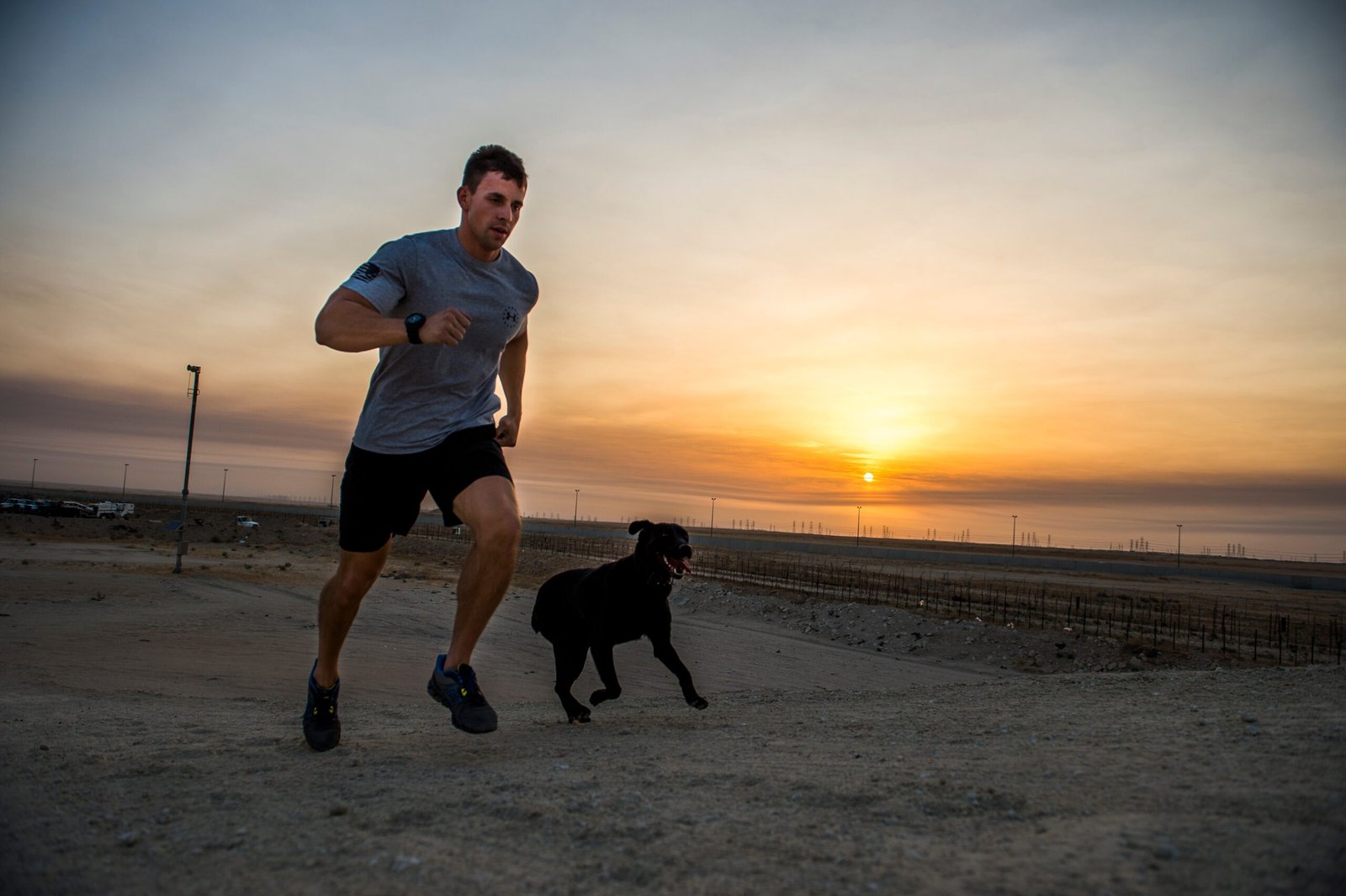
Dogs seem to have an uncanny sense for when it’s time to get up and start the day. Maybe it’s the way you stretch, yawn, or shuffle to the bathroom. They watch you carefully and often mirror your energy, ready to greet you with a wagging tail as soon as your feet hit the floor. For them, your morning routine signals the start of a new day—walks, breakfast, and attention. They know that when you get up, good things are coming. It’s almost like they have their own internal alarm clock synced to yours. Every little step, from brushing your teeth to putting on socks, becomes a cue that it’s time for their favorite activities. They get it because your habits shape their world, and nothing excites a dog more than the promise of another day with you.
Cooking in the Kitchen: Dogs Get It
If you’ve ever tried to cook with a dog around, you know they’re experts at understanding what “meal time” means. Even before you reach for the fridge, your dog is probably lurking nearby, sniffing the air and hoping for a dropped morsel. They know the sound of the pantry door, the rustle of a bag of treats, and the sizzle of food hitting the pan. They’ve learned that the kitchen is a place of magic—and maybe, just maybe, a place where a piece of cheese might “accidentally” fall to the floor. Their eyes follow your every move, and they’re always ready to lend a paw (or a tongue) if you need help cleaning up. Dogs get the kitchen routine because it’s one of the most rewarding habits in the human world.
Getting Ready to Leave: Dogs Get It
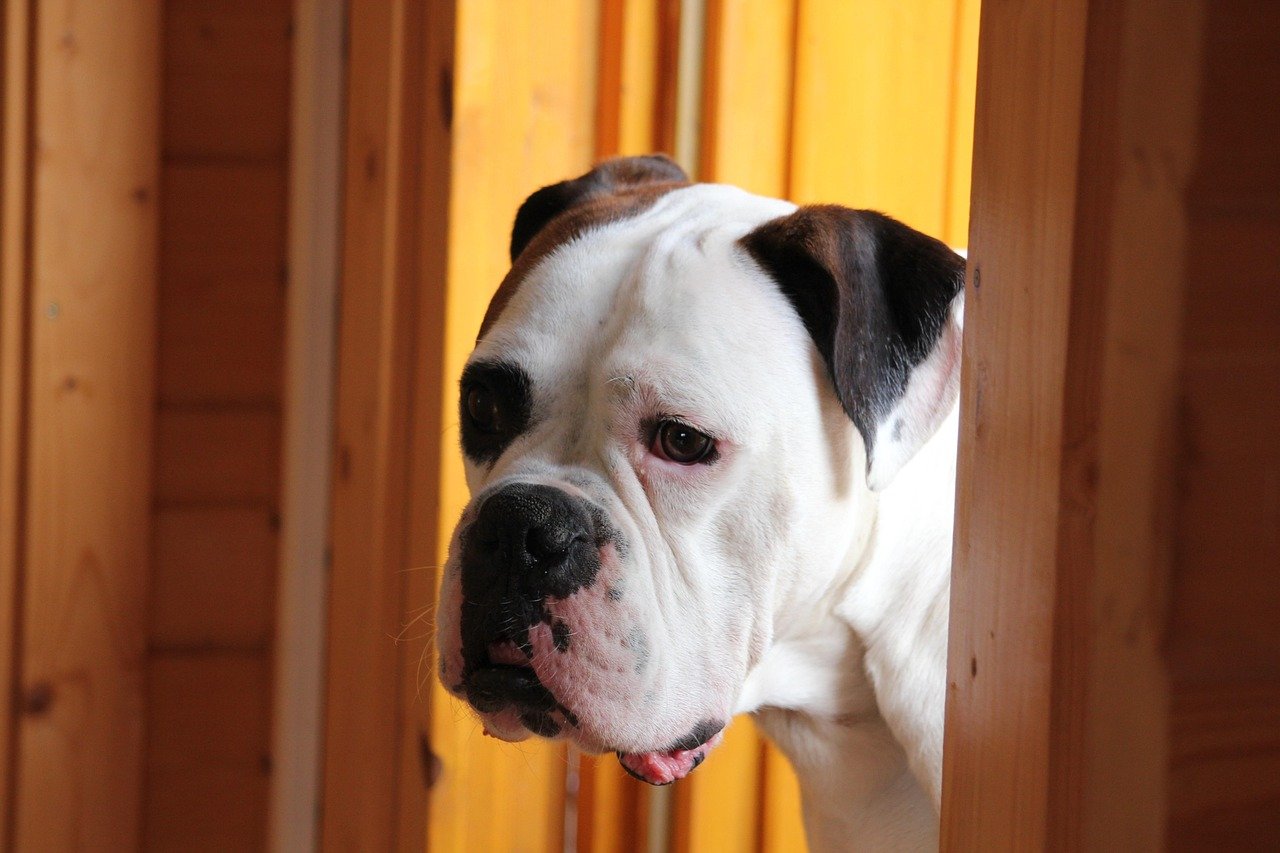
Keys jangling, shoes going on, and grabbing your bag—these are all signals that you’re about to leave. Dogs are masters at picking up on these cues. The moment you start your pre-departure routine, many dogs instantly sense what’s coming. Some might try to block the door with a hopeful look, while others sulk or whine. It’s clear they understand that these actions mean you’ll be gone for a while. They might not know exactly where you’re going, but they know what leaving looks like. This understanding can tug at your heartstrings, especially when you see them waiting by the door as you head out. It just proves how closely they watch our every move.
Walk Time: Dogs Get It
There’s nothing quite like the pure joy in a dog’s eyes when they realize it’s time for a walk. Whether you reach for their leash, put on your sneakers, or even just say the word “walk,” your dog knows exactly what’s happening. This is one of those habits dogs not only understand, but actively anticipate. The excitement, tail wagging, and happy dances are proof. For them, this ritual is as important as breathing. Walk time means adventure, new smells, and quality time with their favorite person. It’s a shared habit that brings you closer, reinforcing your bond every single day.
Bedtime Rituals: Dogs Get It

When you start turning off lights, brushing your teeth, and heading to the bedroom, your dog often follows without hesitation. They recognize the sequence of events that lead to bedtime. For many dogs, these signals mean it’s time to settle down, snuggle, or find their favorite sleeping spot. Some dogs even have their own bedtime routines, like circling their bed or bringing a beloved toy. They get comfort from the predictability of your routine, and they know that, after a long day, rest is on the horizon. Watching your dog curl up as you tuck yourself in is a gentle reminder of how much they pay attention.
Celebrating and Laughing: Dogs Get It
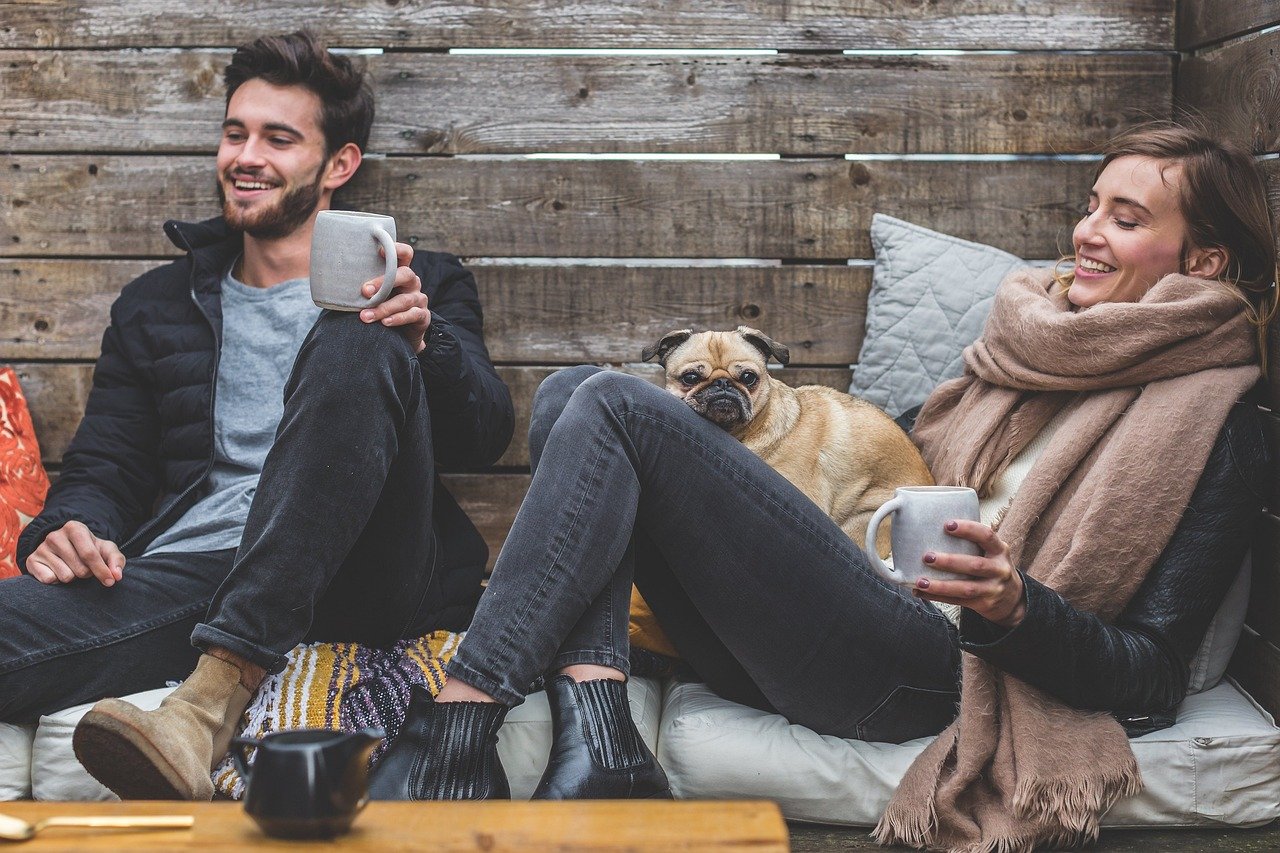
Dogs may not understand every joke, but they sure pick up on the vibe when you’re happy, excited, or laughing. Your energy is contagious, and your dog often reacts with tail wags, playful bounces, or even joining in with their own happy noises. They thrive on positive emotions and love to be part of the celebration—whether it’s you dancing in the living room or cheering for your favorite team on TV. They mirror your happiness, proving how attuned they are to your emotional habits. It’s one of those magical connections that make dog ownership so rewarding.
Feeling Sad or Upset: Dogs Get It
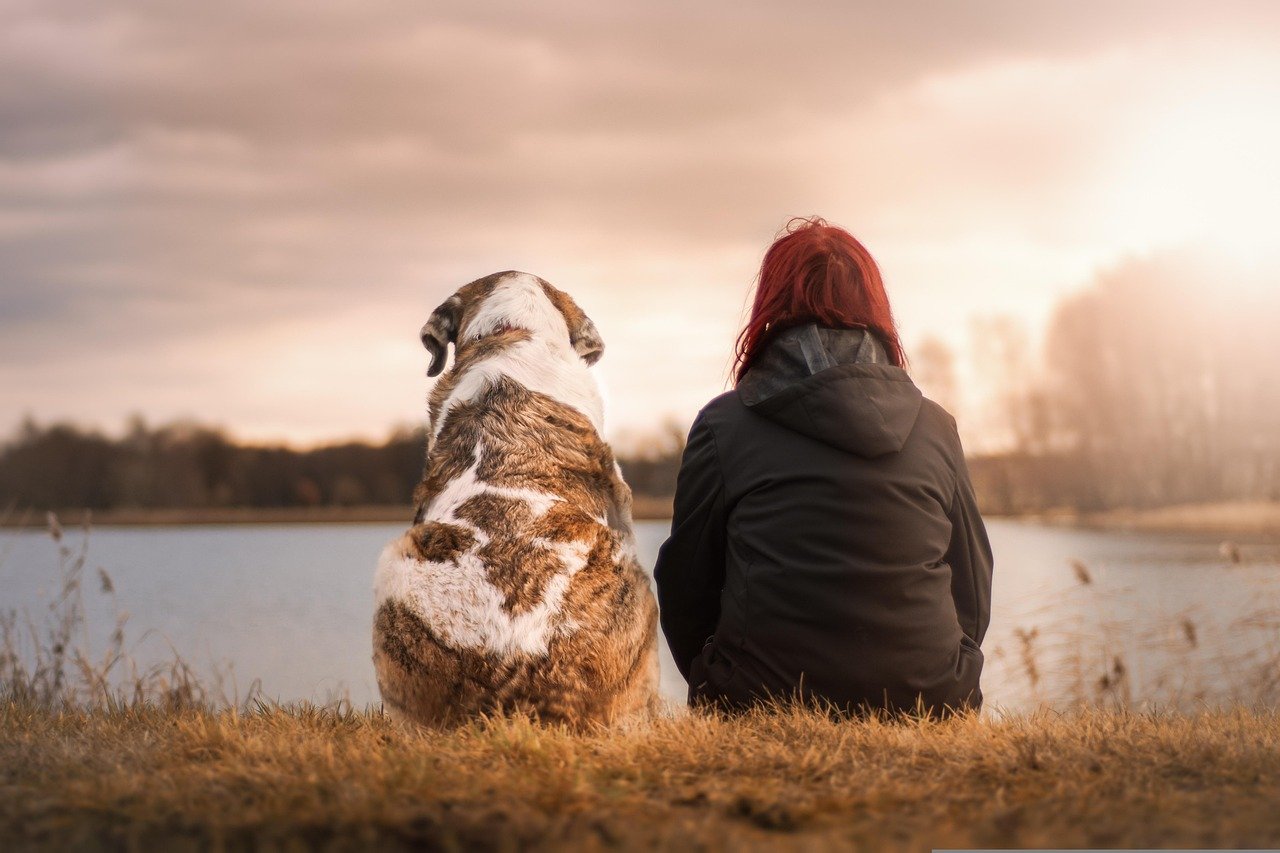
It’s almost spooky how dogs seem to know when you’re down. When you’re sad, anxious, or upset, your dog likely responds by sitting close, licking your hand, or just quietly staying near. They might not understand the cause of your feelings, but they recognize the changes in your body language and tone of voice. It’s their way of offering comfort and support, like a furry therapist who just wants you to feel better. This deep emotional intuition is one of the most touching ways dogs “get” human behavior. It’s no wonder so many people credit their pets with helping them through tough times.
Bringing Home New People: Dogs Get It
Dogs are natural social observers. When you bring someone new into your home, your dog immediately notices the change. They might sniff, watch, or even act a little protective. They understand that guests mean something is different in their environment. Some dogs become excited hosts, eager to greet and show off their toys, while others might hang back and observe. They pick up on your reactions to new people and mirror your comfort level. It’s their way of making sense of the social dynamics in their “pack.” Dogs get that new faces bring new experiences, for better or worse.
Playing with Toys: Dogs Get It
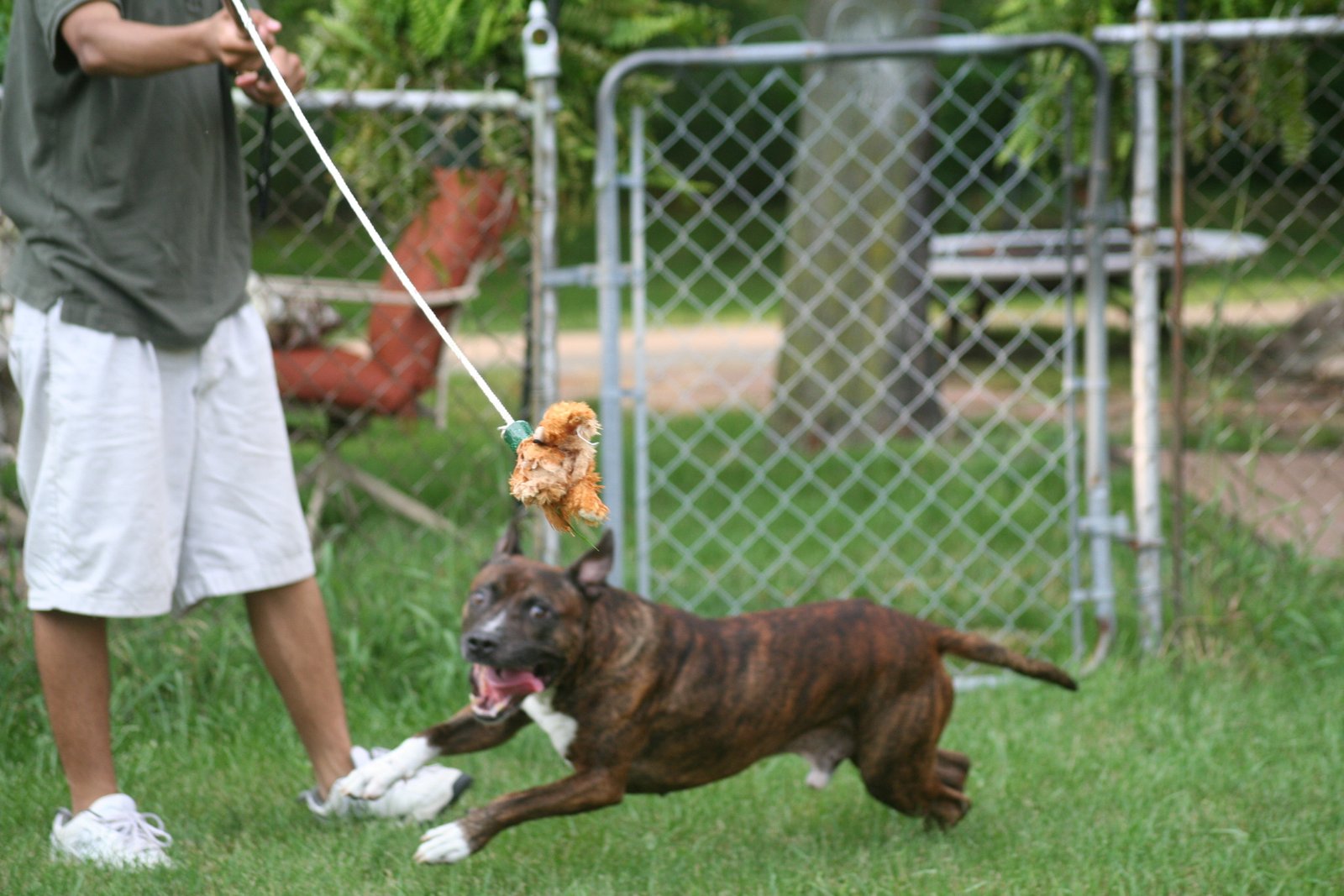
Many dogs love toys just as much as kids do. When you pick up a ball or squeaky toy, your dog instantly knows it’s playtime. They watch your hands, anticipate your throw, and leap into action. Dogs get the concept of games and play, and they often bring you their favorite toy as a hint. Some will even invent their own games, tossing toys in the air or playing keep-away. This shared habit builds trust and joy, making it a highlight of their day. It’s a simple, universal language of fun that dogs understand perfectly.
Training and Commands: Dogs Get It
Dogs are quick learners, especially when there are treats involved. They may not understand complex sentences, but they absolutely get basic commands and routines. Sit, stay, come—these words are part of their vocabulary. They recognize the tone of your voice and the gestures you make. Training sessions become a ritual, filled with praise and rewards. Dogs thrive on this structure, and their eagerness to please shows just how much they “get” the habits you teach them. With patience and consistency, they become partners in these little daily rituals.
Talking on the Phone: Dogs Don’t Get It
Now, let’s flip the script. When you talk on the phone, your dog’s confusion is sometimes adorable. They hear your voice, but there’s no one else in the room. Some dogs will tilt their heads or try to sniff the phone, wondering who you’re talking to. Others might get jealous or bark for your attention. It’s a habit that doesn’t make much sense to them because, in their world, communication is face-to-face, with plenty of body language and eye contact. The phone is a mystery they just can’t solve.
Staring at Screens: Dogs Don’t Get It

Whether you’re scrolling through your phone, watching TV, or working on your laptop, your dog is probably baffled by your fascination with glowing rectangles. They might try to get between you and the screen, nudge your hand, or simply sigh and lie down. Screens don’t make sense to dogs—they can’t smell them or interact the way they do with real-life objects. This habit is a uniquely human one, leaving dogs out of the loop and sometimes a little bored or frustrated.
Wearing Strange Outfits: Dogs Don’t Get It
Hats, sunglasses, costumes—humans love to change their appearance, but to dogs, this can be downright confusing. Some dogs bark or shy away when you put on a hat or mask because you don’t look like yourself. Even Halloween costumes can be alarming. Your scent is familiar, but your shape and outline suddenly aren’t. This habit makes dogs uneasy because it disrupts the way they recognize you. It’s like playing a trick on their senses, and they just don’t get the appeal of dress-up.
Using Perfume or Strong Scents: Dogs Don’t Get It
With their powerful noses, dogs experience the world through scent. When humans spritz on perfume, cologne, or use strong cleaning products, it can be overwhelming for dogs. They might sneeze, back away, or act unsettled. While we might think we smell great, dogs are often confused or even repelled by these artificial scents. To them, it’s a mystery why anyone would want to cover up their natural smell. This habit is lost on dogs, who’d much rather sniff something interesting in the grass.
Celebrating Holidays: Dogs Don’t Get It
Birthdays, Christmas, New Year’s—humans love a good party, but dogs don’t really understand what all the fuss is about. The decorations, loud noises, and influx of guests can be exciting or stressful, but the meaning is lost on them. They don’t get why everyone is making such a big deal out of a specific day. While they might enjoy extra treats or attention, the entire idea of marking time with holidays just doesn’t fit into their simple, present-focused worldview.
Taking Photos: Dogs Don’t Get It
“Say cheese!” is met with blank stares or even a turned head from most dogs. They don’t understand why you want them to sit still and look at a camera. Some dogs become camera-shy, while others just get distracted. The idea of capturing a moment for later is a human concept—dogs live in the now. While you might cherish their adorable photos, your dog just wonders why you keep pointing that strange box at them and asking them to pose.
Going to Work: Dogs Don’t Get It
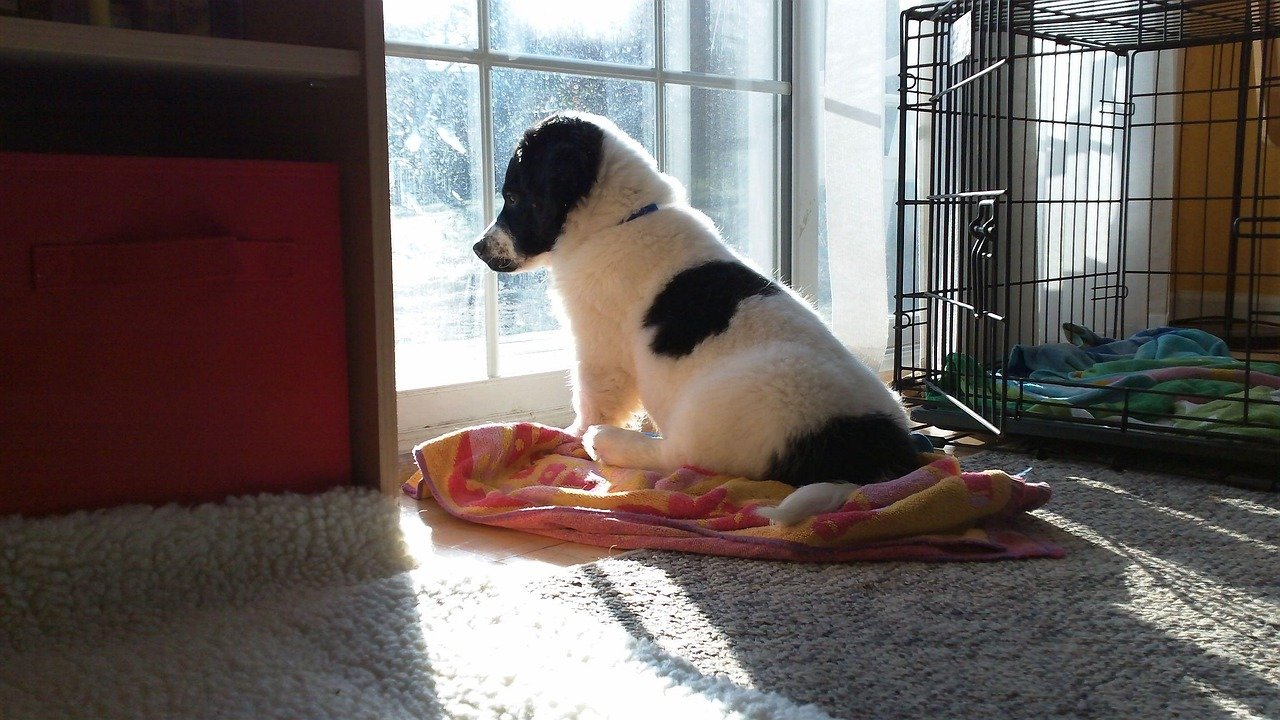
Every morning, you leave for hours and come back later, sometimes tired or stressed. Your dog waits, often confused about where you go and why. The concept of “work” is meaningless to them. All they know is that you disappear for what feels like forever, and then finally return. Some dogs develop separation anxiety because of this routine. While they eventually accept it, they never truly “get” why you leave every day when you could be playing fetch instead.
Exercising Indoors: Dogs Don’t Get It
Dogs love to run, chase, and play outside. So, when you start doing yoga, push-ups, or dancing in the living room, they’re puzzled. Why would you stretch or jump around inside when there’s a whole world to explore outside? Some dogs try to join in, getting underfoot or even treating it as playtime. Others just watch with confusion. The idea of exercising without a ball or open space is a habit they just don’t understand.
Wearing Headphones: Dogs Don’t Get It
Plugging into your own world with headphones is a very human thing. Your dog might whine, paw at you, or stare until you take them off. They notice you’re not reacting to their sounds or cues. For dogs, communication is always open—ears perked, ready for the next adventure. Headphones build a wall they can’t cross, leaving them feeling a bit shut out. This is one habit that leaves them totally perplexed.
Spending Time Alone: Dogs Don’t Get It
Finally, the human need for alone time is a concept lost on most dogs. They’re pack animals at heart, happiest when they’re with their people. When you close the door for a nap or want a moment of solitude, your dog might scratch, whine, or wait patiently outside. The idea of being alone by choice is strange to them. They’d rather be by your side, sharing every moment, even the quiet ones.
At the end of the day, our dogs are doing their best to make sense of our wonderfully weird human ways. While they totally get some of our routines, others leave them adorably confused. But that’s part of what makes our bond so special—it’s built on patience, curiosity, and unconditional love. So the next time your dog gives you a puzzled look, just smile—they’re trying their hardest to understand your world.

Born and bred in South Africa, a Capetonian at heart. Amy-Leigh’s love for nature and animals was inherited from her Dad. He loves taking the family on road trips to experience nature at its finest; Amy-Leigh’s favourite being whale watching in Hermanus and spotting Kudu along the West Coast. Amy-Leigh holds a BA in English Literature and Communication Studies.





